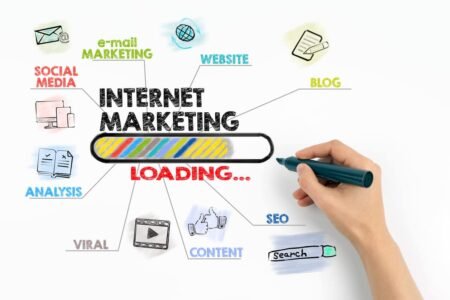Experiential marketing has become a cornerstone for brands seeking to engage with their audience in meaningful and memorable ways. By creating immersive experiences, brands can forge deeper connections, generate buzz, and ultimately drive customer loyalty. Crafting winning experiential marketing ideas requires creativity, strategic thinking, and a keen understanding of your target audience. Here are some key steps to help you develop impactful experiential marketing campaigns:
Know Your Audience:
Before brainstorming ideas, it’s crucial to have a clear understanding of your target audience. What are their interests, preferences, and pain points? What experiences resonate with them? By knowing your audience inside and out, you can tailor your experiential marketing efforts to effectively capture their attention and leave a lasting impression.
Define Your Objectives:
What do you hope to achieve with your experiential marketing campaign? Whether it’s increasing brand awareness, driving sales, or fostering brand advocacy, clearly defining your objectives will guide the development and execution of your ideas. Your objectives should be specific, measurable, and aligned with your overall marketing strategy.
Be Creative and Unique:
The key to successful experiential marketing lies in creativity and innovation. Think outside the box and brainstorm ideas that are unique, engaging, and memorable. Consider how you can leverage technology, interactive elements, or sensory experiences to captivate your audience and differentiate your brand from competitors.
Create Immersive Experiences:
Experiential marketing is all about creating immersive experiences that allow consumers to interact with your brand on a deeper level. Whether it’s through pop-up events, live demonstrations, or virtual reality activations, aim to create experiences that evoke emotions, spark curiosity, and foster meaningful connections.
Leverage User-generated Content:
Encourage attendees to share their experiences on social media by incorporating shareable elements into your experiential marketing campaign. Whether it’s photo booths, branded hashtags, or interactive installations, user-generated content can amplify your reach and generate buzz long after the event has ended.
Measure and Analyze Results:
To gauge the success of your experiential marketing efforts, it’s essential to track key metrics and analyze the impact of your campaigns. Monitor metrics such as foot traffic, social media engagement, and brand sentiment to assess the effectiveness of your initiatives and identify areas for improvement.
In conclusion, creating winning experiential marketing ideas requires a combination of creativity, strategic planning, and audience insights. By knowing your audience, defining clear objectives, and crafting immersive experiences, you can develop campaigns that resonate with consumers and drive tangible results for your brand. Embrace experimentation, think outside the box, and don’t be afraid to push the boundaries to create truly memorable experiences that leave a lasting impression.










